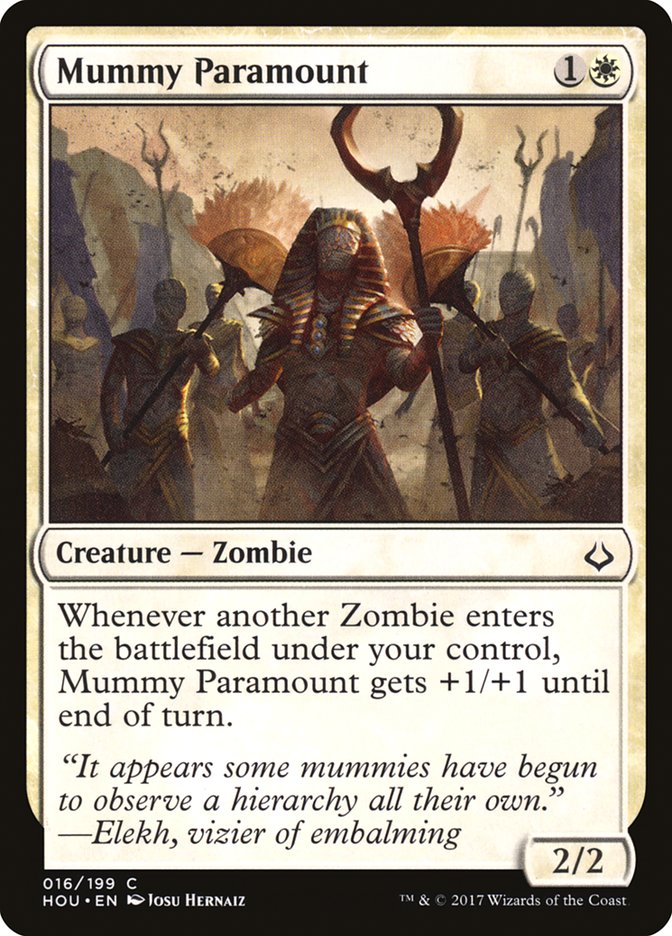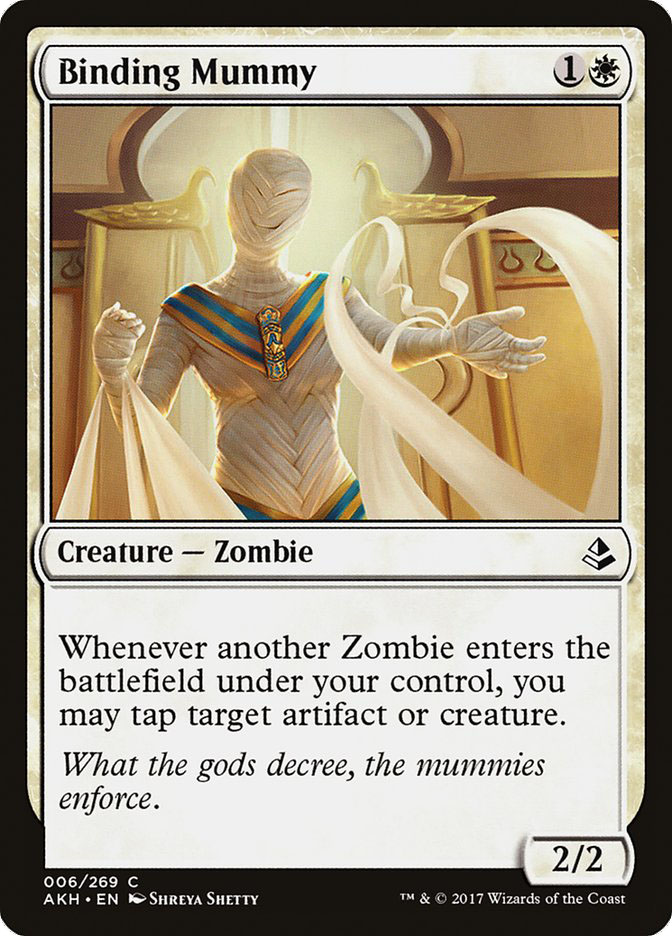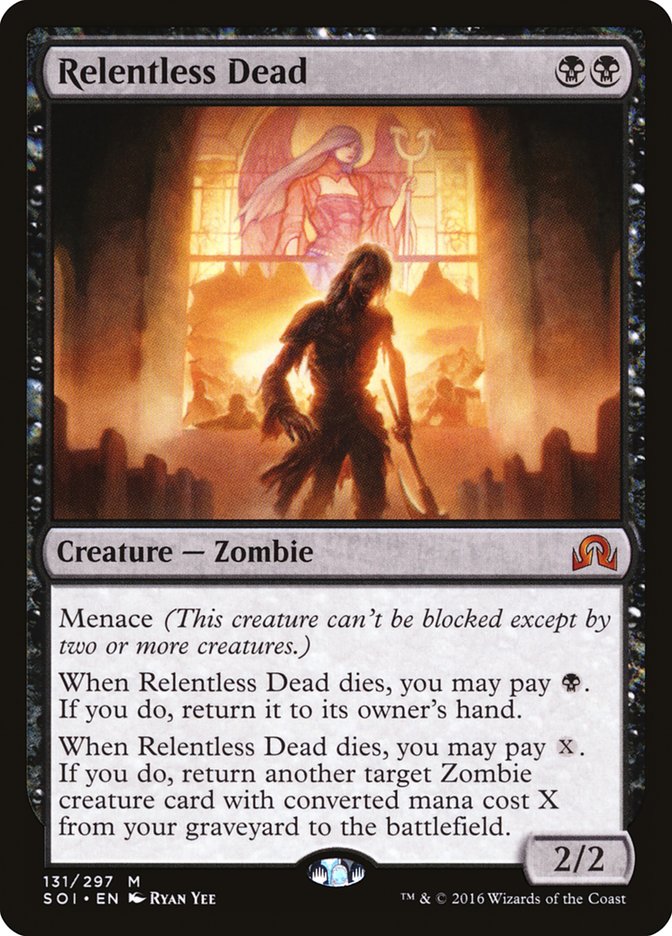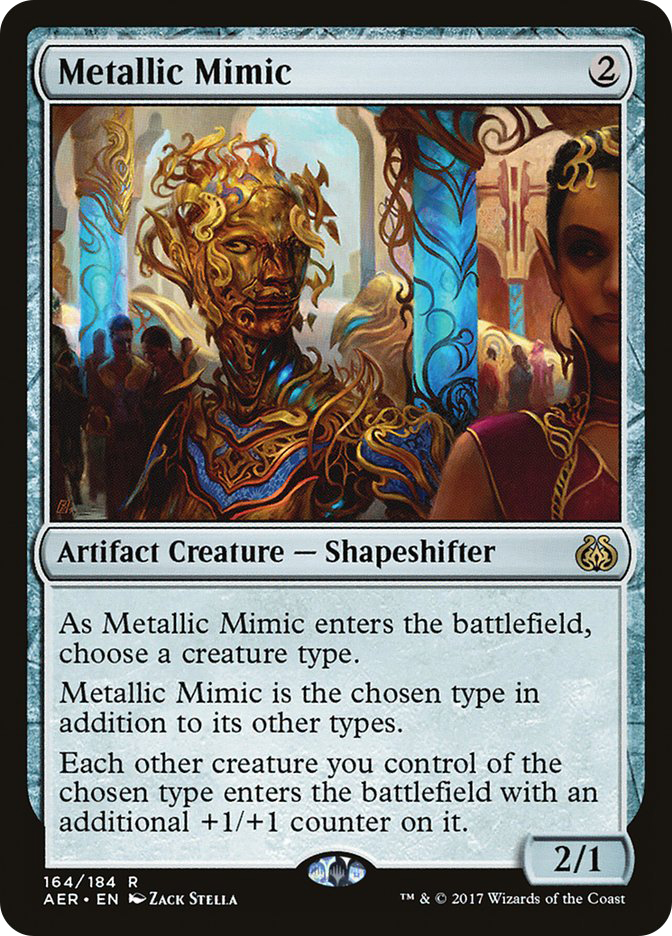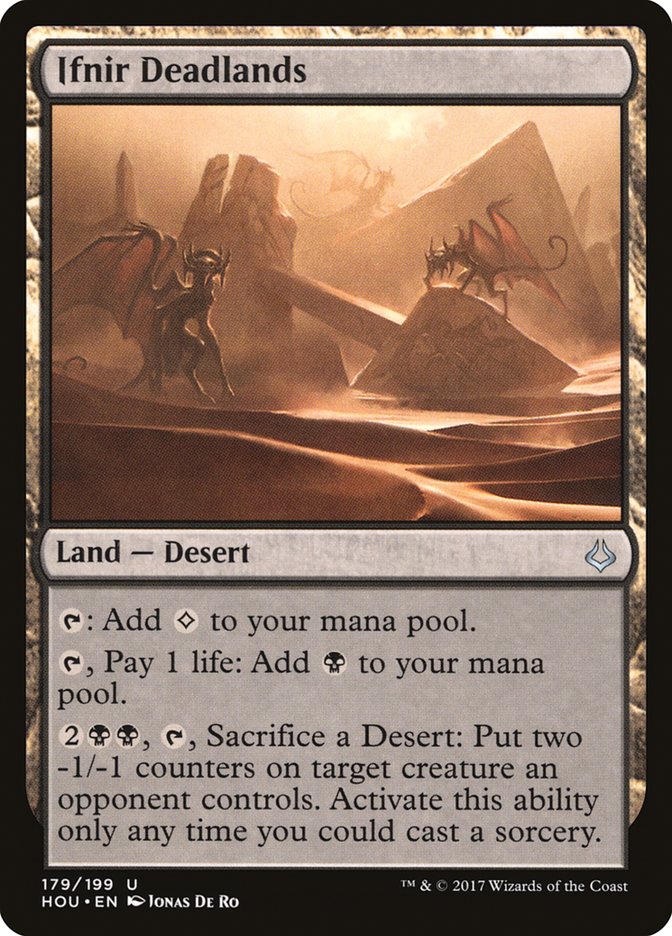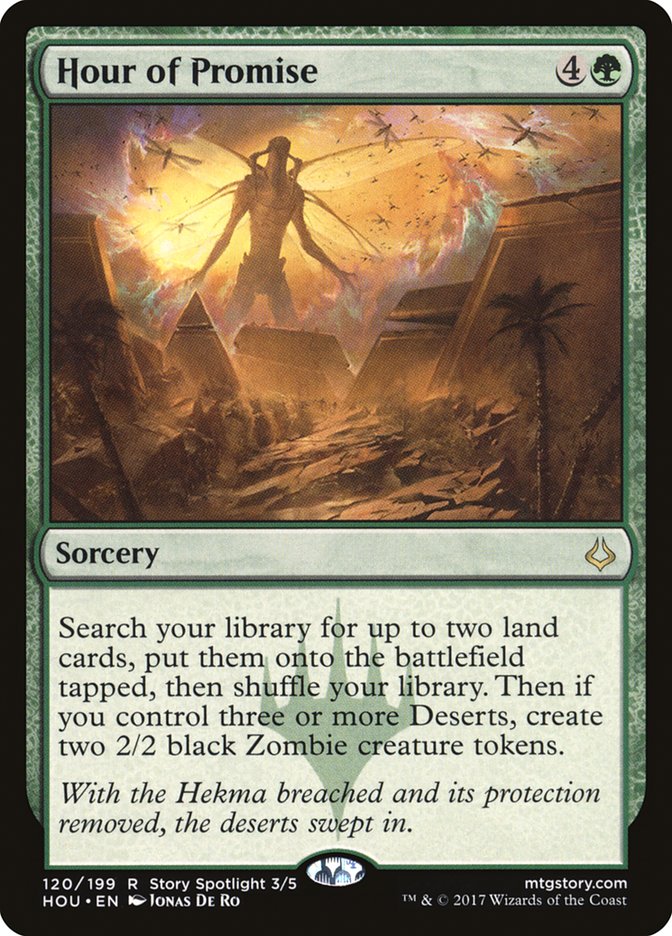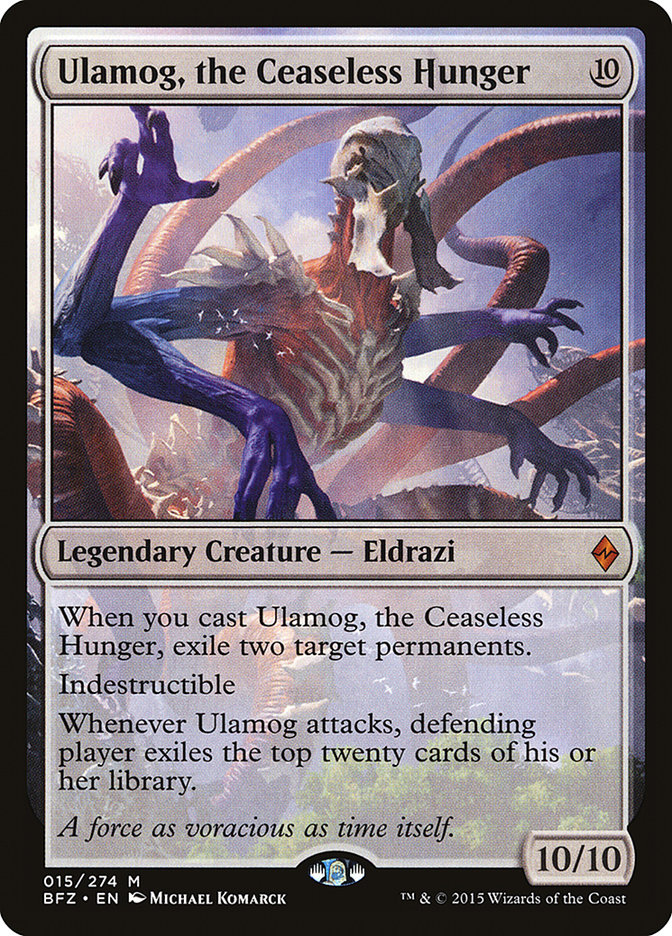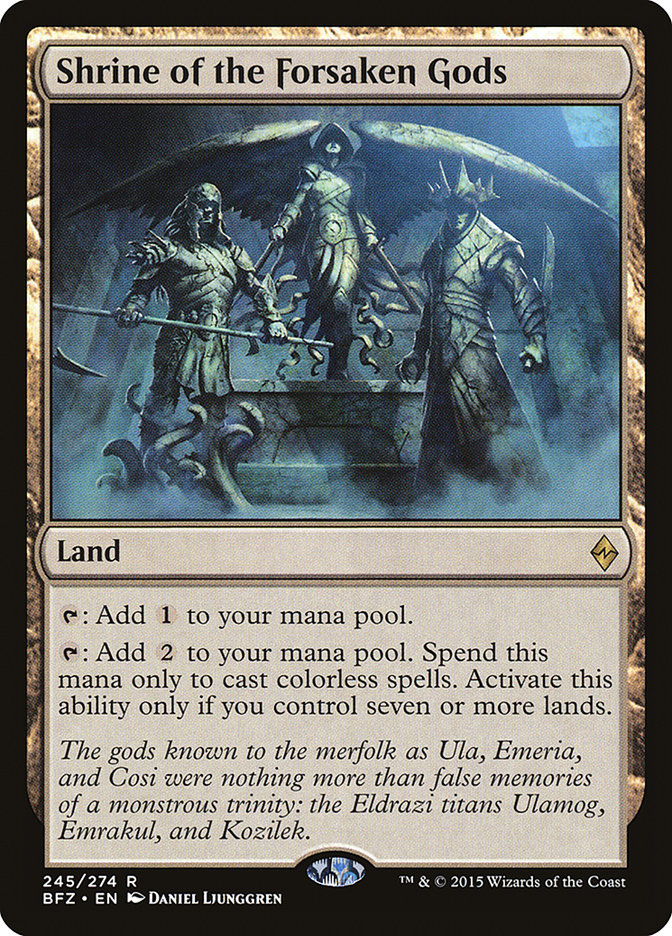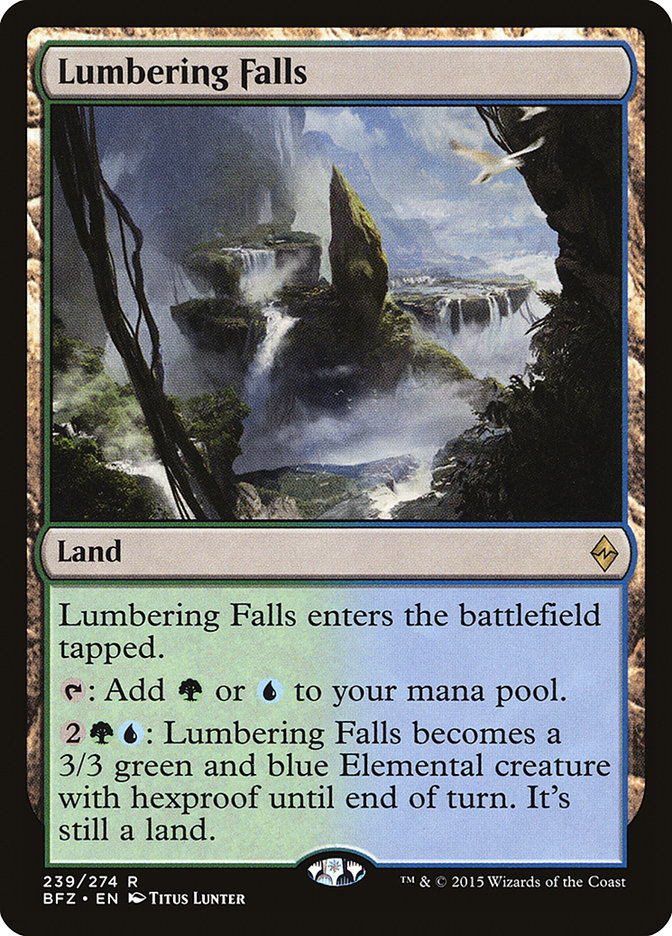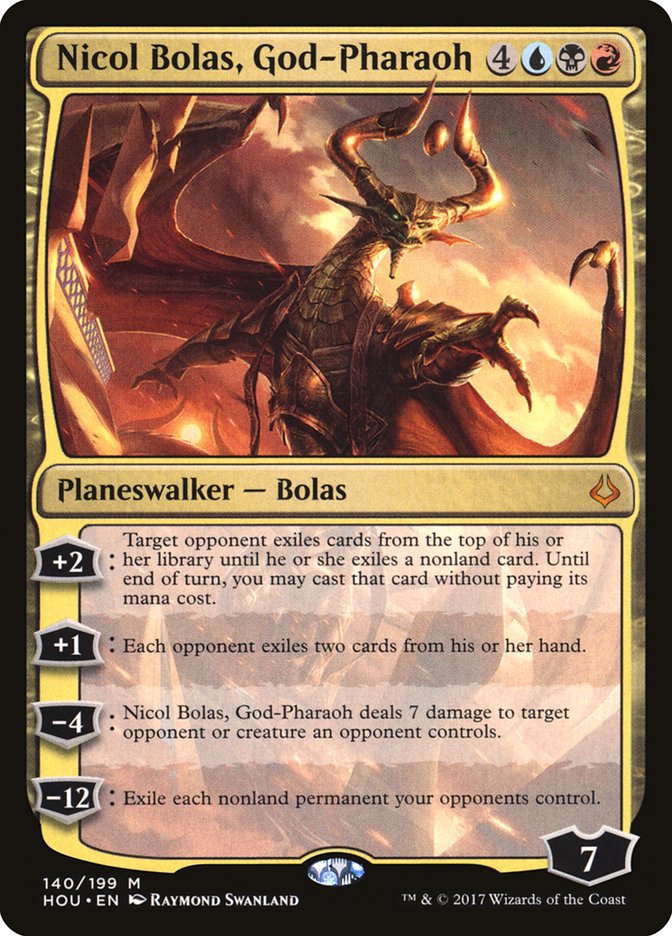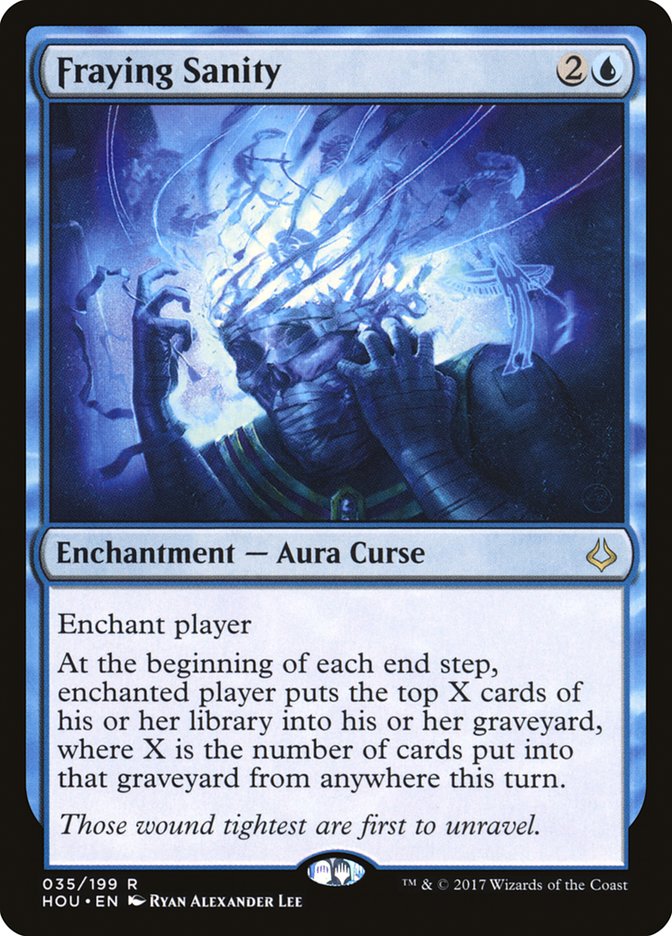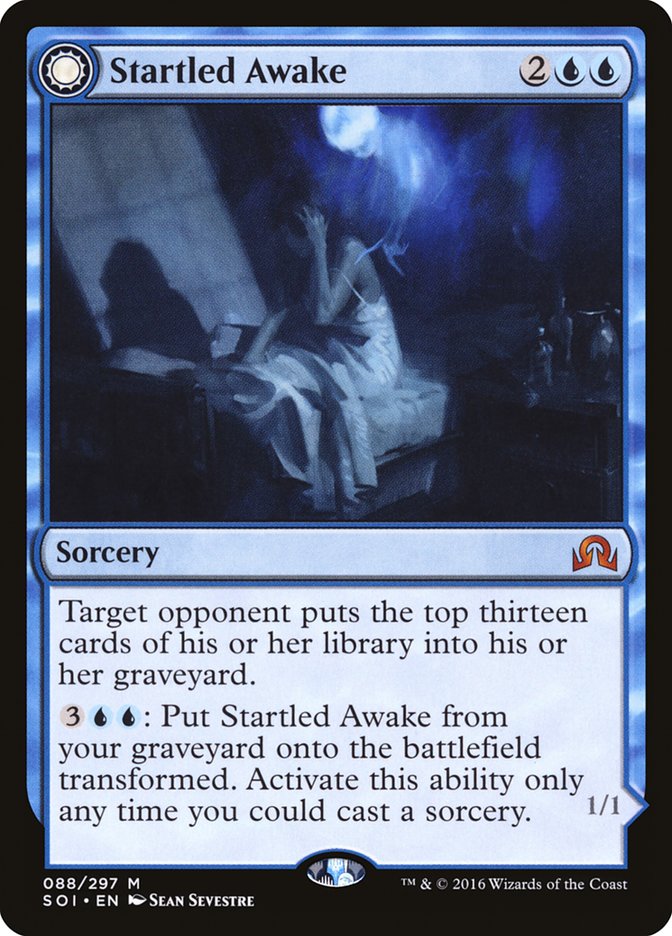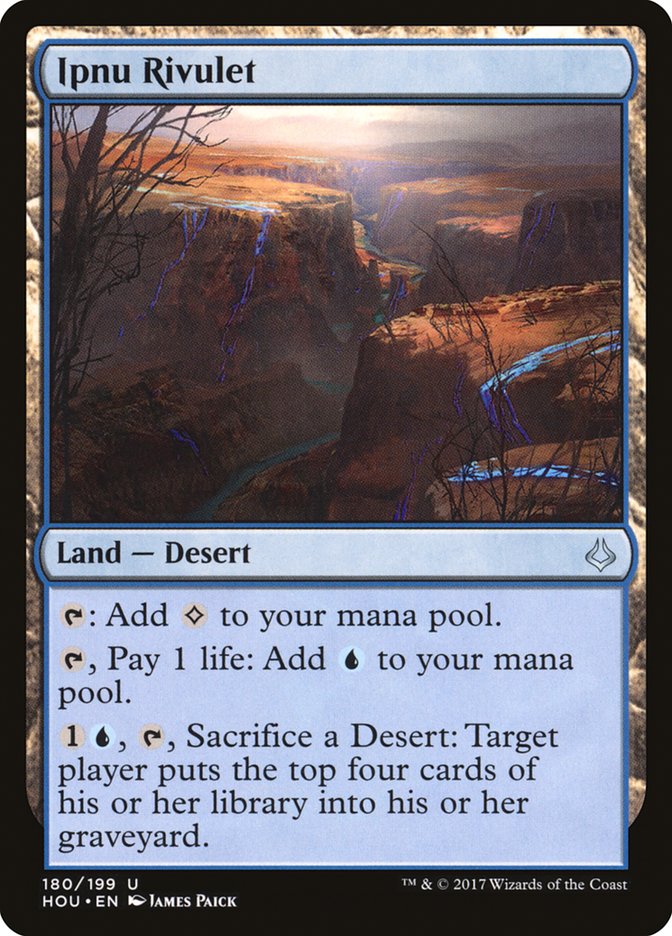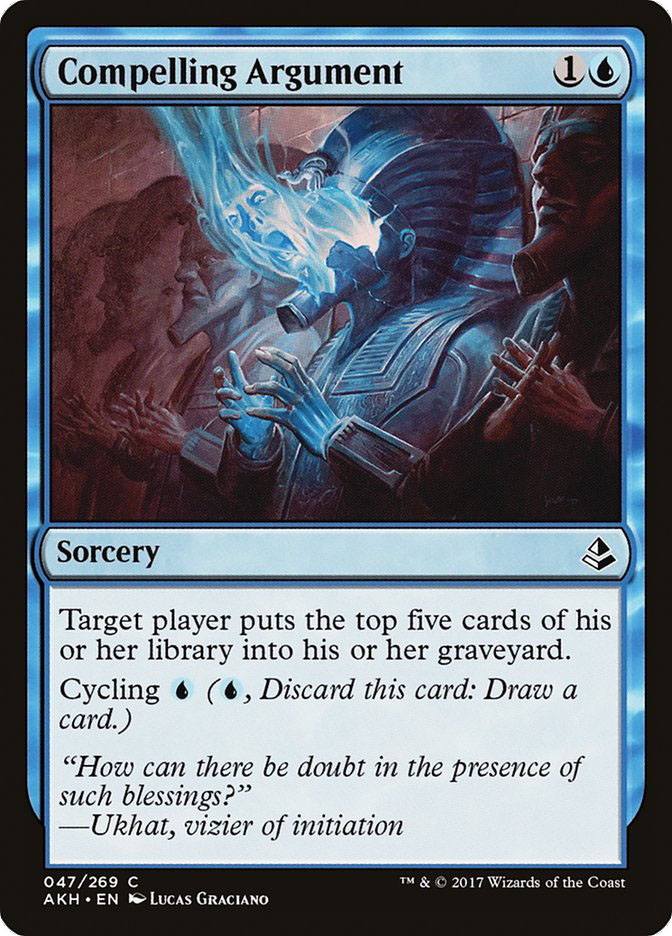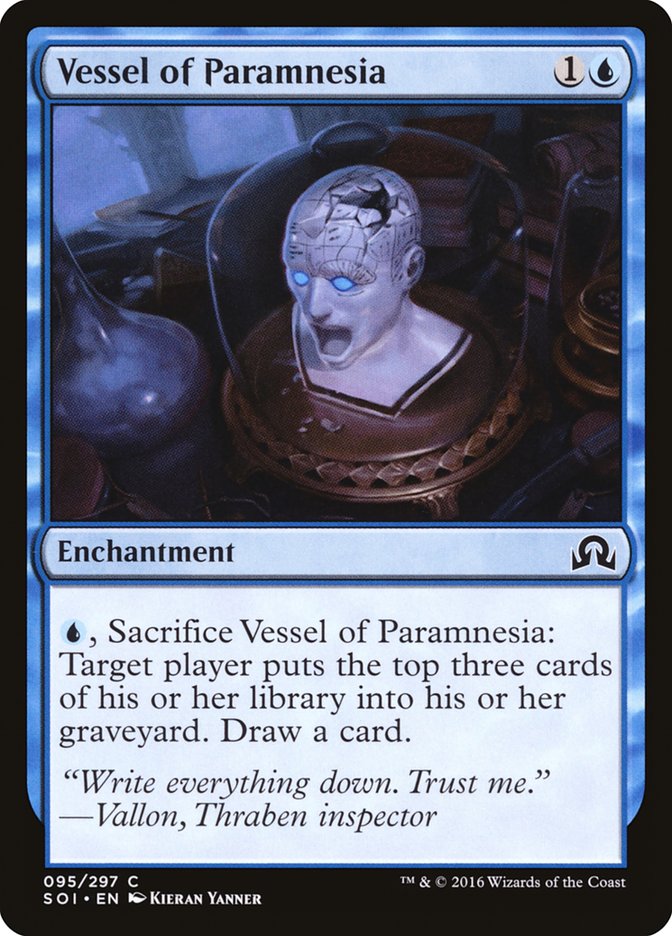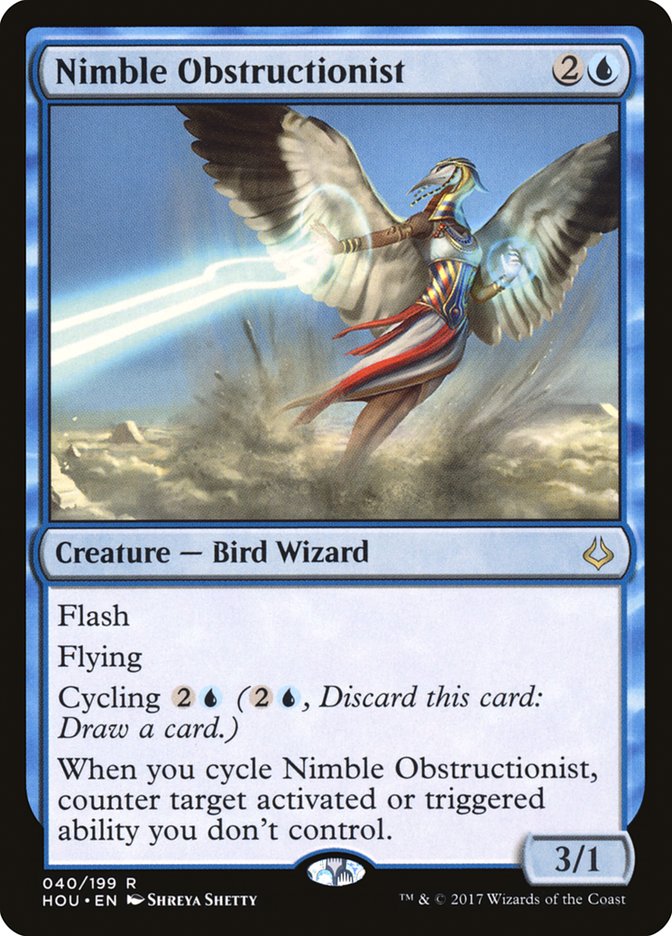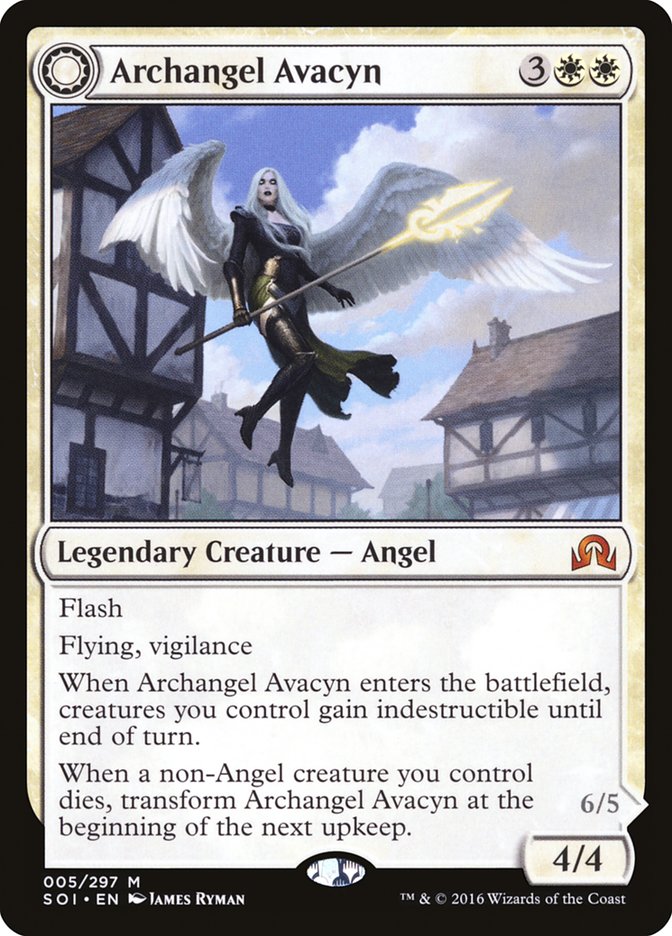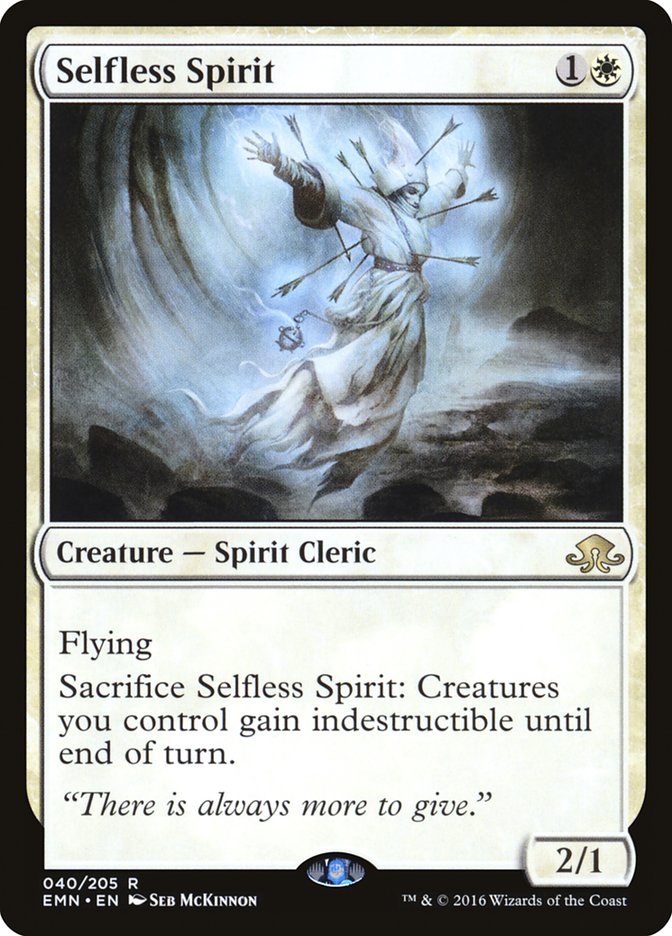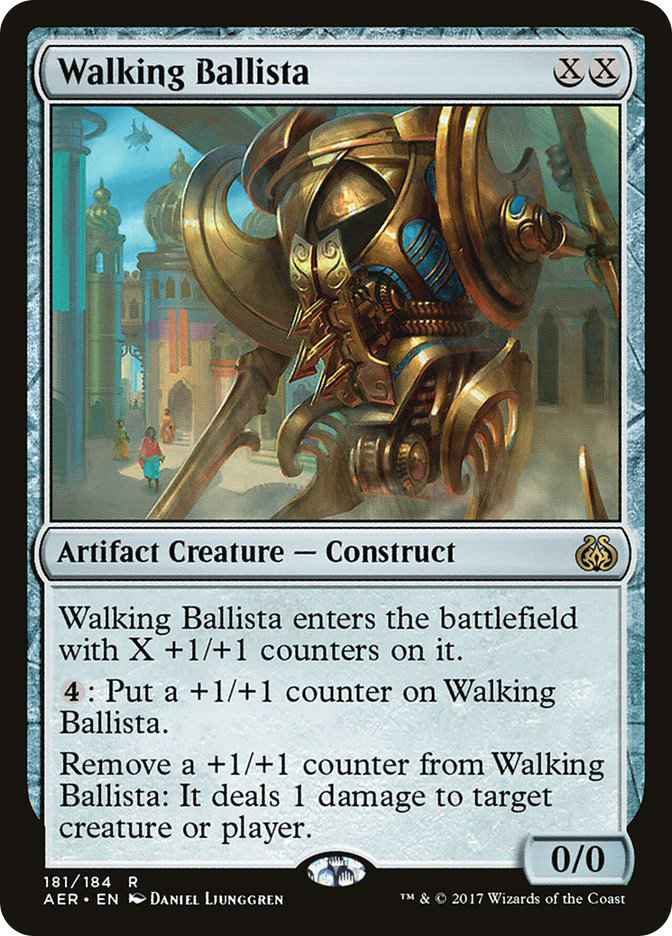Soon there will be eight sets in Standard, ranging from the October 2015 release of Battle for Zendikar to Hour of Devastation, which becomes legal July 15, 2017. The last set added to Standard without a rotation tends to be the least impactful in terms of spawning brand-new archetypes. So far, it looks to me that Hour of Devastation will mostly enhance pre-existing decks rather than bring new decks based on the mechanics of Hour of Devastation. However, there are a couple of diamonds in the rough that can be built around.
These are the decks I’ve been working on in anticipation of Hour of Devastation and as preparation for the SCG Tour stop in Cincinnati, OH this weekend.
Zombies Get Stronger Over Time
Creatures (24)
- 4 Diregraf Colossus
- 4 Cryptbreaker
- 4 Lord of the Accursed
- 4 Dread Wanderer
- 4 Wayward Servant
- 4 Mummy Paramount
Lands (25)
Spells (11)
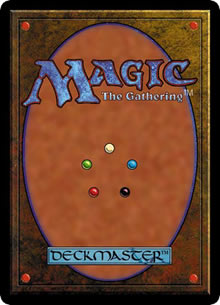
The Zombie tribe received many pickups from Amonkhet and, as a continuation of the block, Hour of Devastation brings new options as well.
The number one card that stands out to me is Mummy Paramount. In addition to Wayward Servant, there needs to be significant reason to also play white in an otherwise Mono-Black Zombies deck. The question remains how Mummy Paramount compares to the pre-existing options of Binding Mummy, Relentless Dead, and Metallic Mimic.
Binding Mummy is great in Limited, but what does it really tap down in Constructed? Ishkanah, Grafwidow comes with friends. Bristling Hydra gains hexproof. Zombies mirrors aren’t super-interested in blocking. The W/U decks operate at instant speed. Whirler Virtuoso brings Thopters to the party.
Relentless Dead doesn’t trigger nearly as often as the amount of text on the card would imply. It’s a mainstay in Mono-Black Zombies as “a good two-drop, I guess.” With the heightened color restrictions that playing a pile of basic Plains brings, a double black creature strains the mana too much.
Metallic Mimic has no color restrictions but is hampered with a few negative qualities. It doesn’t interact well with Diregraf Colossus on either end. Metallic Mimic is a poor topdeck later on, or as your last creature cast if you have to sequence that way. It also gets hit by incidental artifact destruction that is either aimed for Heart of Kiran or is residue from an Aetherworks Marvel era. Manglehorn and Dissenter’s Deliverance are happy to see something relevant to be used on from a Zombies deck.
Thus far I’ve been impressed by Mummy Paramount as a threat that can be sized to be relevant in combat as needed. I also like how it can be a big threat that also gets under Dusk // Dawn. The more I think about it, the more I’m inclined to make Dusk // Dawn a sideboard plan to fight the energy decks. It requires you to sideboard down on Liliana’s Mastery, but that’s all right.
The “pinging” Desert cycle from Hour of Devastation will give additional utility to a variety of decks, especially mono-colored and Eldrazi decks. Here, Ifnir Deadlands counts as some percentage of a removal spell at minimal cost. With the lifegain of Shambling Vent and Wayward Servant, any life loss from Ifnir Deadlands ought to be mitigated. It’s possible that there should be even more Ifnir Deadlands in the deck, or some number of Shefet Dunes, but I don’t want to push my luck on painlands like these, no matter how free they appear to be.
Grind // Dust is a new rare from Hour of Devastation that’ll punish most of the same decks that Liliana, the Last Hope does. Grind // Dust combos a little bit with Ifnir Deadlands to compound a -1/-1 theme. If a “self -1/-1 counters” deck with Hapatra, Vizier of Poisons and Nest of Scarabs pops up, then the Dust side gains even more value. For now, Grind // Dust is looking to pick off small creatures, size the bigger ones to enable profitable attacks, and to use the Dust side to eventually exile something really big and problematic.
The Next “Broken” Energy Thing
Once upon a time, there was Felidar Guardian and Saheeli Rai supported by strong Temur energy cards. The deck was too good, and Felidar Guardian was banned.
Then Aetherworks Marvel featuring turn 4 Ulamog, the Ceaseless Hunger plagued the Standard scene. This broken deck was also supported by Temur energy cards. After being deemed too strong, Aetherworks Marvel got knocked with the banhammer.
Temer Energy still remained as a deck. No fancy combo finish, just Glorybringer, Bristling Hydra, Tireless Tracker, and Chandra, Torch of Defiance filling in the holes where the “broken stuff” once was. It’s currently among the best Standard decks.
So what’s the next big “broken” thing?
Creatures (17)
- 2 Ulamog, the Ceaseless Hunger
- 1 Tireless Tracker
- 2 Whirler Virtuoso
- 4 Servant of the Conduit
- 4 Rogue Refiner
- 2 Glorybringer
- 2 Channeler Initiate
Planeswalkers (6)
Lands (23)
Spells (14)

This take on Temur Energy was inspired by Scuta04 from magic-league. The usual Temur Energy elements are all there, just with additional “over the top” elements.
Hour of Promise is one of the strongest cards from Hour of Devastation, and that’s while disregarding the text about creating 2/2 Zombies. Fetching any two lands from your library for five mana is quite a good deal. People pay six for Primeval Titan. I used to play Reap and Sow for one land at four mana.
Obviously, Hour of Promise is different from either. You’re not getting Valakut, the Molten Pinnacle or Cloudpost.
These are what you are getting. I expect a lot of Shrine of the Forsaken Gods to be grabbed with Hour of Promise.
Turn 2: Servant of the Conduit or Channeler Initiate.
Turn 3: Rogue Refiner, or whatever.
Turn 4: Hour of Promise for two Shrine of the Forsaken Gods.
Turn 5: Seventh land, Ulamog.
If you already have enough mana sources, just get two Lumbering Falls. They’re not even necessarily worse than getting a bunch of Deserts and making 2/2s.
Nicol Bolas, God-Pharaoh is a nice top-end card that fits rather smoothly into the deck. Aether Hub, Servant of the Conduit, and Channeler Initiate make any color of mana anyway. Hour of Promise ramps and gets the one Swamp.
The Best Mill Card Since Glimpse the Unthinkable
Read carefully.
Into the graveyard from anywhere.
Each end step.
That means whenever a permanent dies. Whenever an instant or sorcery is cast. Whatever they do that puts a card into their graveyard, they have to mill for each. Whenever you play a milling effect on your opponent, you double that effect.
If you have additional copies of Fraying Sanity, they stack. Your mill effects become doubled, then tripled, then quadrupled, then quintupled.
Creatures (8)
Lands (24)
Spells (28)

Turn 3: Fraying Sanity.
Turn 4: Startled Awake.
Turn 5: Startled Awake.
Whee!
The deck is full of mill cards that have never seen the light of day. Ipnu Rivulet is a nice one from Hour of Devastation that tacks on additional utility in a deck that needs a critical mass of its milling effect while still needing to interact somewhat with what the opponent is doing.
Is the Standard format too fast for a mill strategy to win? Perhaps. I think a lot of work can be done and that are the tools are there. Fraying Sanity is outrageous and is the most “build-around” card in Hour of Devastation, with Hour of Promise being a close second. Well, I guess there’s Solemnity too, but that’s more suited for the older formats.
The Stifle Bird
A game-changer?
I won’t even attempt to list all of the triggered and activated abilities in Standard. You’ll be getting two-for-ones or better all day when you register Nimble Obstructionist in your deck.
The big things you want to be concerned with are:
Transforming Westvale Abbey.
Ultimating a planeswalker.
These are the two biggest triggers that Disallow is around to counter, and Nimble Obstructionist should be in your deck if you think you’re weak to either as well.
Or if you just want to play a flash 3/1 creature and get your beat on.
Creatures (24)
- 4 Archangel Avacyn
- 4 Thraben Inspector
- 4 Spell Queller
- 4 Selfless Spirit
- 2 Walking Ballista
- 3 Glory-Bound Initiate
- 3 Nimble Obstructionist
Planeswalkers (3)
Lands (25)
Spells (8)

This list was inspired by a list from Patrick Chapin’s article last week. I basically just tweaked some numbers and got Thraben Inspector (aka the best card in Standard) in there. I know Todd Anderson has also been working on the archetype and even played it in yesterday’s VS Video.
When this deck passes the turn with three mana up, it’s representing any number of things.
Two of those cards have two modes, so six possible effects/cards must be taken into consideration. That’s only at specifically three mana. At other numbers, Censor, Cast Out, and Archangel Avacyn enter the puzzle.
Spell Queller always feels like it’s missing value when it’s cast simply for a 2/3 creature. Nimble Obstructionist happily beats for three power, pressuring planeswalkers quite well.
W/U Flash is good at fighting any slower strategy but suffers a little from getting run over by fast starts. You don’t have access to Magma Spray or Fatal Push to deal with early creatures.
To catch back up, you can transform Archangel Avacyn on-demand with Selfless Spirit or Walking Ballista. With Walking Ballista, you can cast it for zero after casting Archangel Avacyn on your turn 5 main phase. Walking Ballista isn’t great on its own, so two of them is a fine number when you now have Supreme Will to help find the missing piece.
#SCGCIN This Weekend
I expect the first weekend of Hour of Devastation Standard to have mostly slightly updated versions of existing decks. I got beaten up pretty hard at the Invitational and may require a convalescence period.
If I find something really sweet in the next few days, that’ll assuredly change my tune.


